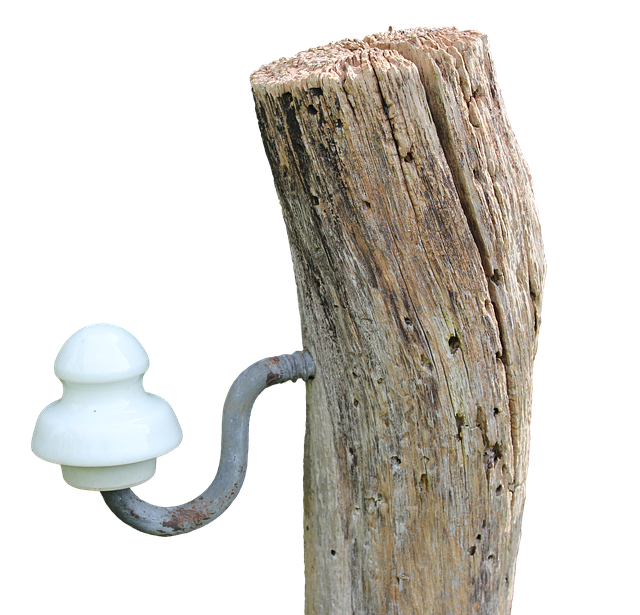Fencing off Beauty: Fence Staining and Sealing for a Lasting Look
Elevate the aesthetics and longevity of your wooden fence with professional staining and sealing. This comprehensive guide delves into the art of enhancing outdoor spaces. We explore the benefits and diverse types of fence staining, guiding you through the preparation process to ensure optimal results. From color options that suit every taste to the crucial role of sealing in protecting your investment, we cover it all. Learn essential maintenance tips to keep your stained fence looking its best for years to come.
- Understanding Fence Staining: Benefits and Types
- Preparing Your Wooden Fence for Staining
- Choosing the Right Stain: Color Options and Applications
- Sealing for Protection: The Importance and Process
- Maintenance Tips for Long-Lasting Results
Understanding Fence Staining: Benefits and Types
Fence staining is a popular method to enhance the appearance and protect wooden fences. It involves applying a colored sealer or paint to the fence’s surface, offering a range of benefits. Firstly, it provides an aesthetic transformation by allowing you to choose from various colors, creating a visually appealing finish. Staining also protects wood from elements like UV rays, moisture, and extreme temperatures, which can cause fading, cracking, and rot. This process creates a durable barrier, extending the fence’s lifespan and reducing maintenance needs.
There are two primary types of fence staining: solid and semi-transparent. Solid stains offer full coverage, blocking out light and providing rich, vibrant colors that last for several years. Semi-transparent stains, on the other hand, allow some light to pass through, revealing the natural wood grain while still offering protection against water damage and UV exposure. Each type serves different purposes, catering to personal preferences and specific climate conditions.
Preparing Your Wooden Fence for Staining
Choosing the Right Stain: Color Options and Applications
When choosing a fence stain, color plays a significant role in enhancing the appearance of your wooden fence. There’s a vast array of options available, each offering unique shades and tints to suit different preferences and fence styles. Traditional hues like browns and reds are popular choices for their natural wood-like tones, while bolder colors such as black or dark green can add a dramatic touch. Lighter shades like soft gray or beige provide a more subtle and modern aesthetic. Consider the ambiance you wish to create and choose a color that complements your outdoor space.
The application of the stain is equally important. Some stains are designed for specific types of wood and weather conditions, ensuring optimal durability and longevity. Water-based stains are popular for their low odor and quick drying time, making them user-friendly. Oil-based stains, though taking longer to dry, offer deeper penetration and better protection against harsh weather. Always follow the manufacturer’s instructions for application, ensuring even coverage for a professional finish.
Sealing for Protection: The Importance and Process
Sealing is an essential step in fence staining and maintenance, offering much-needed protection to your wooden fences. It acts as a protective barrier, shielding the wood from various environmental factors that could cause deterioration over time. Moisture, UV rays, extreme temperatures, and airborne pollutants can all contribute to the aging and weakening of wood, leading to cracks, splits, and an overall loss of aesthetics.
The process involves applying a suitable sealant to the stained fence, filling in gaps and pores to prevent water penetration and limit moisture absorption. A good-quality sealant will create an impermeable layer, enhancing the life of your fence by resisting rot, mold, and mildew growth. This protective coating also ensures that the vibrant stain stays longer, maintaining the desired color and finish for a more aesthetically pleasing and durable fence.
Maintenance Tips for Long-Lasting Results
Regular maintenance is key to ensuring your fence remains looking its best and prolongs the life of the stain. After a few years, even with proper sealing and staining, wood will start to show signs of wear and tear. Inspect your fence regularly for any damaged or peeling sections and repair as needed. This can involve replacing worn-out boards or filling in cracks with a suitable filler.
Re-staining every 2-3 years is recommended, depending on the quality of exposure your fence receives from the elements. Before re-staining, clean the surface thoroughly to remove any dirt or debris. Light sanding may also be necessary to roughen up the wood slightly and improve adhesion. Following these simple steps will help maintain the vibrancy of your fence’s color and protect it from the outdoors.
